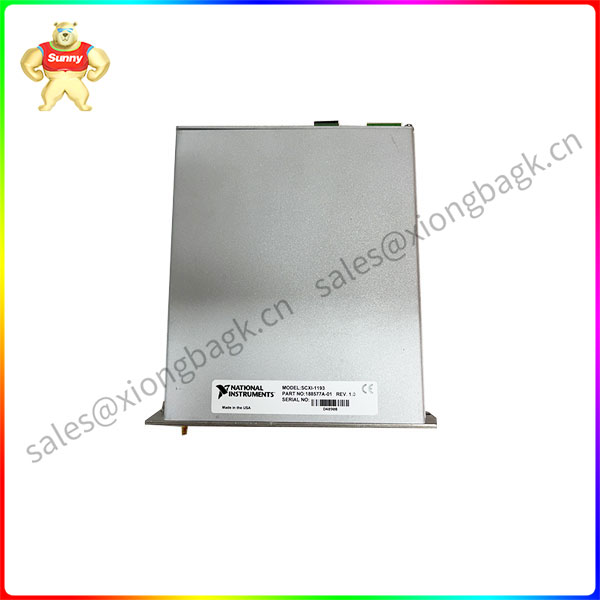On the energy consumption side, the enterprise on the one hand has its own ESG planning, to complete its carbon reduction goals, at the same time with industrial upgrading and technological update, the enterprise also attaches great importance to the safety and reliability of the power system, and hopes to improve the efficiency of electricity consumption. This requires energy management companies such as Schneider Electric to continuously develop new systems with the blessing of software and digitalization, so as to achieve visible, manageable and controllable functions in the process of energy use management, and improve energy efficiency with high quality under the premise of prioritizing the safety of electricity consumption, helping enterprises to reduce carbon in an orderly manner and improve efficiency.
In addition, there is also a problem to mention, the current technology iteration and industrial development update speed is very fast, in the process of carbon reduction, new carbon reduction scenarios will continue to emerge, and new digital technology is also in high-speed innovation. In other words, carbon reduction is a dynamic process, its requirements are updated, the scenario is expanding, and the tools available for carbon reduction are also iterating. Therefore, enterprises must always be open and innovative, constantly iterating and optimizing their digital and software capabilities, so that they can continue to accelerate the “dual carbon” goal.

Wei Sizhe: From the government work report of this year’s two sessions and the “14th Five-Year Plan”, we can see that China will vigorously develop high-end manufacturing and strategic emerging industries to achieve the goal of manufacturing power. The related intelligent manufacturing industry contains very high technology and intelligence content. For example, chip, semiconductor and other sophisticated industries of the power system load type is very complex, once an unexpected power failure, may cause irretrievable major losses, so they on the power system safety, reliability, energy efficiency and power quality requirements are very high, the traditional power management system has been unable to meet the above needs.
Schneider Electric believes that to meet the power needs of these sophisticated industries, it needs to be achieved through the full integration of digitalization and software. Specifically speaking, the following two points should be achieved: First, at the product level, hardware devices with digital capabilities should be interconnected to connect complex power systems in series; Second, in the edge control and application analysis and service layer, enterprises can use various types of software to real-time monitoring and analysis of energy use, costs, carbon emissions and key equipment on the consumption side
Schneider Electric started relatively early in this regard, and is also in the forefront of the industry. We rely on the three-tier architecture of EcoStruxure™ platform based on the Internet of Things to create a complete set of intelligent power distribution solutions, focusing on the core capabilities of medium and low voltage integration, hardware and software integration, operation management and maintenance integration. And with the EcoStruxure distribution operation consultant series software (POA series), EcoStruxure power monitoring series software (PO series), EcoStruxure distribution station control terminal series software (POT series), so that operation and maintenance personnel can more comprehensively obtain data, “control” data, To achieve visible, manageable and controllable power quality, thus fully guaranteeing the safety and reliability of user-side power distribution systems in high-end industries, and helping them improve the efficiency of asset and operation management.
 中文版
中文版




